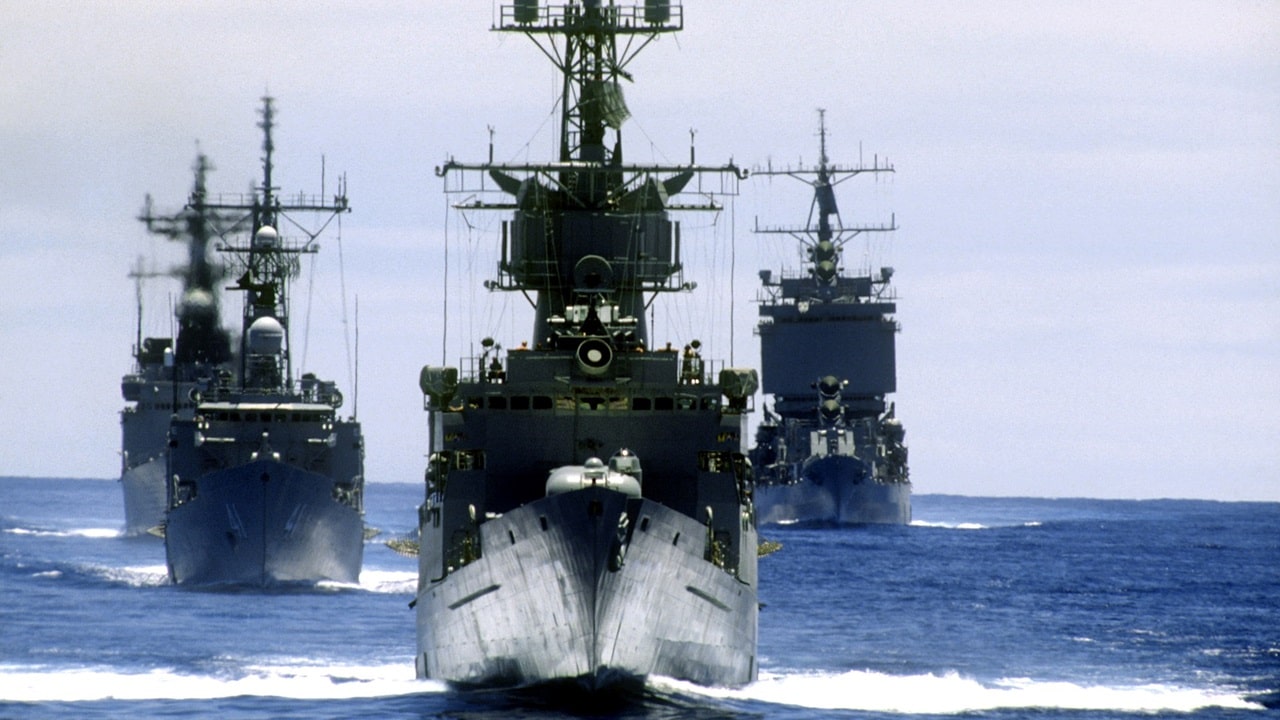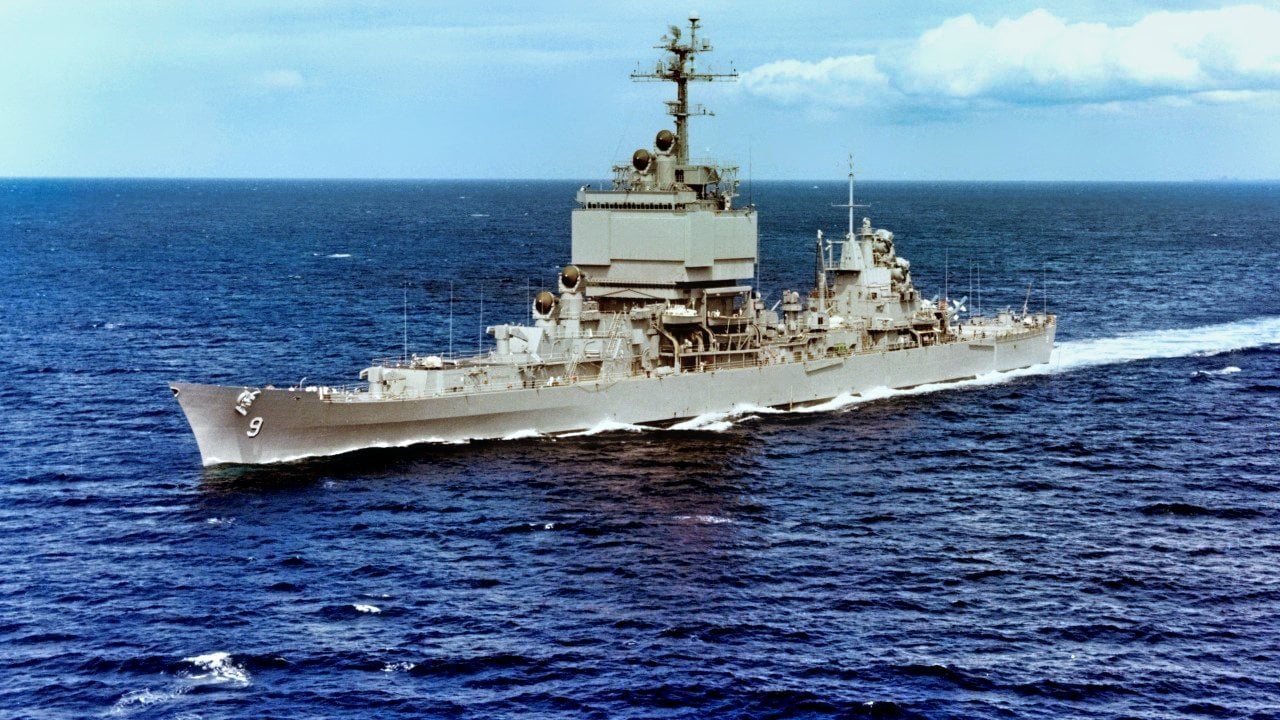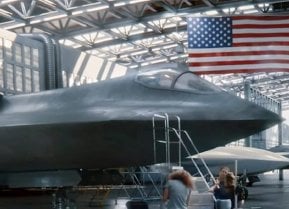USS Long Beach: The U.S. Navy's 'Last' Cruiser Was a Nuclear 'Monster' Russia Hated
USS Long Beach (CGN-9) holds a unique place in naval history as the first nuclear-powered surface warship and the first cruiser built from the keel up since WWII.
Summary and Key Points: USS Long Beach (CGN-9) holds a unique place in naval history as the first nuclear-powered surface warship and the first cruiser built from the keel up since WWII.

-Commissioned in 1961, this trailblazer featured guided missiles as its main armament and boasted the tallest bridge in the world. Equipped with a mix of Polaris missiles, twin 5-inch/38 caliber guns, and the RIM-67 Standard missile system, Long Beach's capabilities were formidable.
-Powered by two C1W nuclear reactors, it provided long-range air defense and anti-submarine warfare. Despite its advanced features and significant upgrades, Long Beach was decommissioned in the 1990s, marking the end of an era for U.S. Navy cruisers.
USS Long Beach: The World's First Nuclear-Powered Surface Warship
USS Long Beach (CGN-9) was a ship of firsts and lasts for the U.S. Navy.
She was the first nuclear-powered surface warship in the world. Long Beach was the first cruiser since the end of the Second World War designed and built new from the keel up, too. CGN-9 was the first U.S. Navy ship equipped with guided missiles as the main armament.
This big boat was commissioned in 1961. Long Beach was the third Navy warship to be named after the city of Long Beach, California.
The ship possessed the tallest bridge in the world. It was the last warship to be fitted with teakwood decks, and future cruisers would be built on the platforms of destroyers and frigates.
CGN-9 cost around $320 million to build. In today’s dollars, this boat cost $3 billion.
Capabilities
USS Long Beach was equipped with a variety of weapons systems. She was initially slated to carry the Regulus nuclear cruise missile, but was later equipped with four launch tubes for the Polaris missile. In fact, Long Beach was originally meant to be an “all missile” warship, until President John F. Kennedy insisted the boat be constructed with two gun mounts amidships.
Specifically, Long Beach was equipped with twin 5-inch/38 caliber gun mounts and an ASROC anti-submarine system. For air defense, she sported the RIM-2 Terrier missile system, which was later upgraded to the RIM-67 Standard missile system.
USS Long Beach was powered by two C1W nuclear reactors, which provided a top speed of over 30 knots and an unlimited range. Her primary mission was to provide long-range air defense for carrier battle groups, and she was also capable of conducting anti-submarine warfare and shore bombardment.
Interestingly, according to my colleague, Harrison Kass, Long Beach’s first commanding officer was none other than Captain Eugene Parks Wilkinson, “who had previously earned the distinction of commanding the world’s first nuclear-powered vessel, the submarine USS Nautilus.”
Whodunit?
Another interesting tidbit is the belief that Long Beach was the victim of attempted sabotage during its construction. While it was still in the shipyard, the engineers discovered anti-mine cables had been slashed in three different locations on the ship.

The Navy spent a good deal of money ensuring Long Beach was maintained well into the 1990s. The Pentagon upgraded the nuclear-powered cruiser with the Aegis Combat System. Yet, in the wake of America’s victory in Desert Storm and following the election of Bill Clinton as president, the government began cutting its defense budgets significantly.
Thus, Long Beach became the last real cruiser the Navy ever fielded.
Author Experience and Expertise: Brandon J. Weichert
Brandon J. Weichert, a National Interest national security analyst, is a former Congressional staffer and geopolitical analyst who is a contributor at The Washington Times, the Asia Times, and The-Pipeline. He is the author of Winning Space: How America Remains a Superpower, Biohacked: China’s Race to Control Life, and The Shadow War: Iran’s Quest for Supremacy. His next book, A Disaster of Our Own Making: How the West Lost Ukraine, is due October 22 from Encounter Books. Weichert can be followed via Twitter @WeTheBrandon.
All images are Creative Commons or Shutterstock.
From the Vault
Russia Freaked Out: Why the U.S. Navy 'Unretired' the Iowa-Class Battleships
Battleship vs. Battlecruiser: Iowa-Class vs. Russia's Kirov-Class (Who Wins?)


